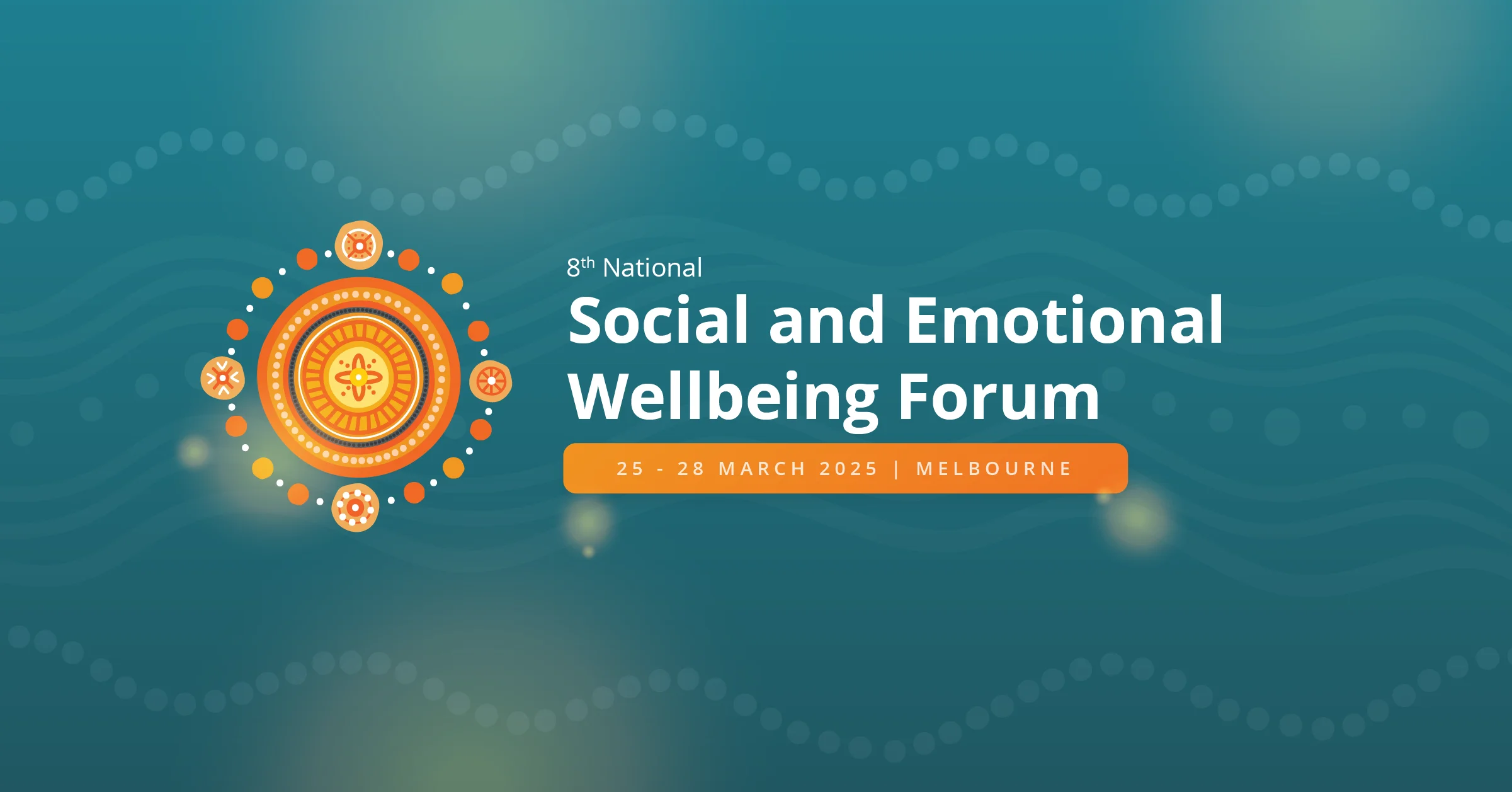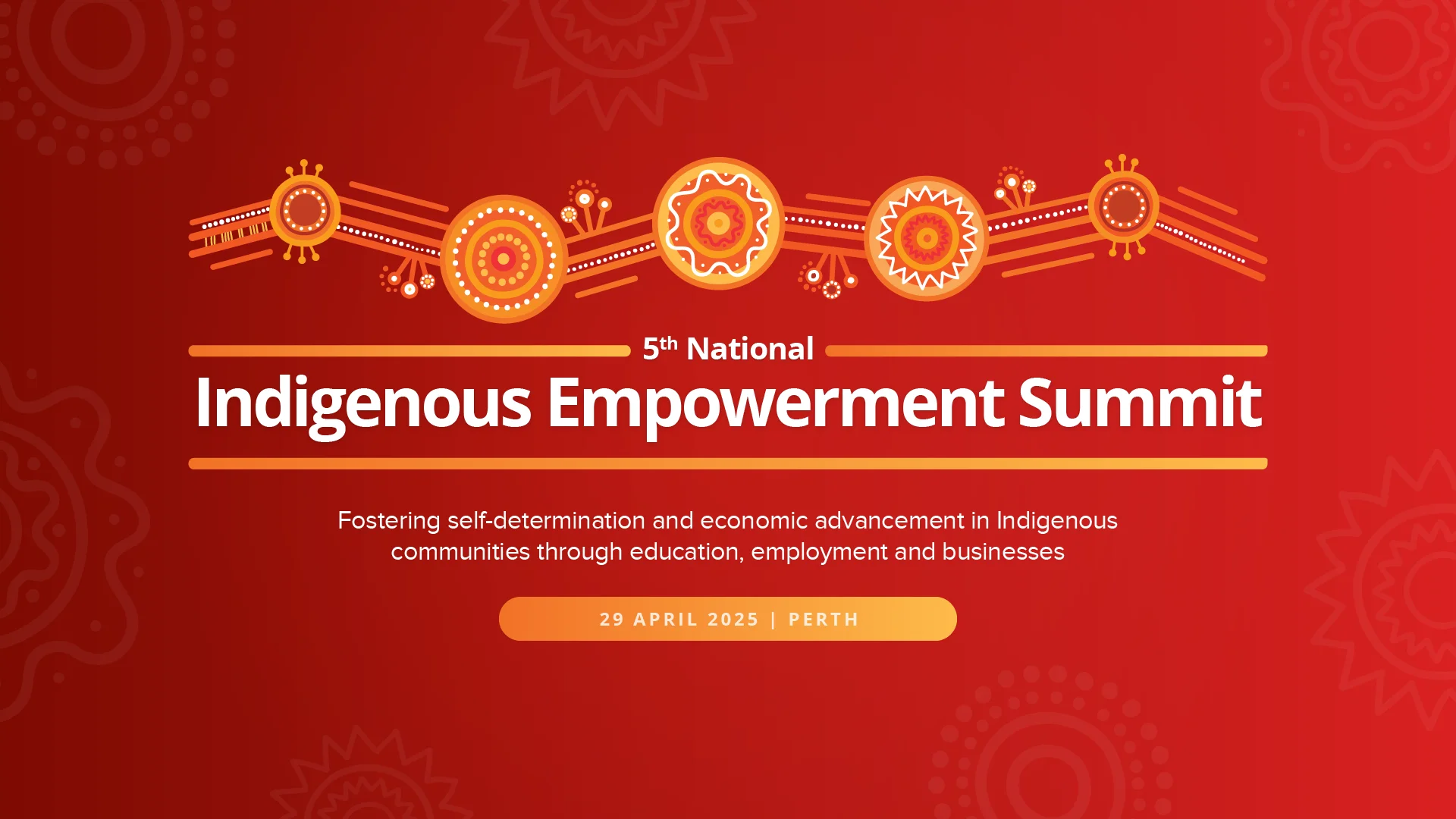After the shakeup of Covid-19, many of us will be in crisis and survival mode. But now is also the time to be thinking about the future and recovery phase. There will be new market opportunities as services and products are reimagined, new needs from our communities, and a more open space for business models with purpose as we question an economic system that valued GDP above all else.
This three part blog series explores the what and how of social enterprise business models. It’s a summary of a social enterprise business model toolkit, produced by The Dragonfly Collective social enterprise consultancy. It’s based on 92 international journal articles and interviews with leaders of social enterprise peak bodies in the UK that support over ten thousand social enterprises.
Part three of the series explores seven steps to consider when pivoting or building a social enterprise business model with tools and tips along the way.
The seven questions for social enterprise executives
There are seven steps to building or pivoting a social enterprise business model. They are based on seven question every social enterprise executive should be able to answer:
- What social impact do you create for which beneficiaries?
- Who are your customers, what do they want, and how do you structure the value proposition?
- What products and services can you offer that achieve the best balance of profit and social impact?
- What are your business model options, and how many should you run?
- How do you finance the model?
- How do you organise your resources to deliver profit and social impact?
- Is your product and services portfolio balanced?
Seven steps to social enterprise model design
Step one: what social impact will you create, for which beneficiaries?
The first step (and it must come first), is to identify the social impact you hope to create – the change you want to see in the world. This sounds obvious, but it’s amazing how many social enterprises gloss over this step.
This is primarily about deciding on your beneficiaries – who or what you want to impact. Beneficiaries could include the environment, and it could be B2B or B2C.
The best way to capture your intended social impact is in a theory of change. We have created a unique theory of change tool for defining your purpose that integrates your vision and mission. That means you’ll end up with just one visual that shows on one page why you exist, how you’ll deliver impact and what your strategic goals are.
This should become the key piece of strategic infrastructure for your organisation, and guide all decision-making across the business.
Questions to ask yourself to develop your theory of change strategic framework:
- What is your purpose? What change do you want to see in the world?
- What needs to happen to bring about your vision?
- What unique role do you play in influencing the impact areas you identified (your mission)?
- Who do you need to reach to influence the impact areas (your beneficiaries)?
- What needs to happen for you to achieve your mission?
Tool: theory of change framework (available on page 37 of the toolkit).
Step two: who are your paying customers, and what do they want?
Every social enterprise model must have a customer group that can pay. Many social enterprises don’t spend enough time thinking about who their target customers are and tailoring the offer.
Customers could include government funders or philanthropists (who are both different types of customer, but rather than buying a product they are ‘buying’ social impact). In some cases the beneficiaries will also be the customers.
A clear understanding of what customers want and how they want it is fundamental to a successful businesses model. Without creating value for customers there is no profit to generate social impact.
To identify potential customers, ask yourself:
- What unique resources and capabilities do you have, and who might pay to access them?
- Who has a business need to access your beneficiary audience or network?
- Who has a reason to pay for the social impact you create?
- Who already pays the financial cost of the social problem you’re addressing?
Tool: target market prioritisation grid (available on page 40 of the toolkit).
Step three: what products and services will you deliver?
Many social enterprises start with this step – an idea for something to create/sell. It’s important this step comes after step one and two.
Once you have identified the social impact you want to create, the beneficiaries you need to reach and the highest potential customers, the next step is to explore which products and services you could offer.
This step starts with brainstorming a long list of potential products and services that meet the needs of beneficiaries and/or customers (not just your first idea). This should take into account the core capabilities and resources you already have that you could draw on to meet those needs.
Each of the options should then be evaluated according to six criteria:
- Customer benefits: degree of potential benefit to customers.
- Implementation effort: degree of effort/difficulty to implement.
- Revenue potential: anticipated level of income and profit.
- Beneficiary impact: anticipated impact on beneficiaries (according to criteria in the theory of change).
- Synergies: extent it complements existing services/capabilities.
- Wider system potential: level of complementarity with existing sector products/services, and partnership opportunities.
Tool: social enterprise model map (available on page 42-43 of the toolkit).
Step four: which social enterprise models should you use?
Step four looks at how you can organise and combine the products or services you want to offer to your beneficiaries and customers.
Review the 17 social enterprise model types (explained in part two of this series). For each social enterprise model, ask yourself:
- What would it look like for us if we were to implement this model?
- How could it help us meeting the needs of beneficiaries and customers, and deliver the products and services we identified in step three?
Parallel or integrated value propositions?
Here you will need to decide whether you can integrate your value proposition for customers and beneficiaries in one, or whether they will need separate parallel value propositions.
Creating parallel value propositions involves engaging with the market (customers) to cross-subsidise social activity (for beneficiaries) through multiple types of disconnect activity. This can be achieved through structural separation, for example by splitting a social enterprise into a charity and a trading company.
Creating an integrated value proposition involves linking commercial activity directly to the social mission. Social impact is generated as a result of trading activity. Profitability can rise significantly by shifting the model from acquiring funds for the social mission to generating revenues with the social mission. This involves finding a way to build beneficiaries into the offers for customers, so that social impact and profit are generated simultaneously.
Ask yourself:
- Are the needs of customers and beneficiaries similar enough to be combined in one value proposition, or are they separate?
How many models to run?
You can select multiple models or combine models.
On the one hand, it is devilishly difficult to operate multiple business models because it creates greater complexity, requires broader organisational skills and greater employee flexibility.
On the other hand, there are situations when a social enterprise may need to address multiple customer groups in different ways. Parallel business models such as this work well when they are mutually reinforcing (when the models are complements not substitutes).
As a rule of thumb, fewer models is simpler.
Ask yourself two questions to decide when to operate multiple business models:
- How many critical assets do the models share (the more, the better the chance of success)?
- How many shared capabilities and resources will result from the operation of the models (the more, the better the chance of success)?
Step five: how will you finance the model?
Once you have decided on your beneficiaries and identified customers, you’ll need to work on your financial model. This includes your revenue model, financial projections, sources of finance, costs and price points.
This step is about determining how to generate enough revenue to cover the costs of delivering social impact.
Step six: how will you organise your resources?
The final component of the social enterprise model is your operational model. This involves deciding on your legal structure, staffing, partnerships, environmental approach and your supply chain.
Step seven: is your overall business model streamlined and balanced?
The final step is to look at your social enterprise model portfolio in the round as a total package. Of the models you want to operate, check that you will end up with a financially and socially balanced portfolio. This step is only relevant if you are operating more than one model or product/service.
For your full suite of products and services, ask yourself:
- Is there a balance between those that generate profit and those that are break-even or loss-making?
- Is there a balance between those that generate high social impact, and those that generate lower social impact (but high profit)?
Tool: social impact and profitability map (available on page 53 of the toolkit).
The full toolkit is available on The Dragonfly Collective website.
Summary
Social enterprise models are more important than ever in the Covid-19 recovery phase as new market opportunities emerge and community needs change.
The toolkit offers a starting point to developing a viable social enterprise model, to help executive teams wanting to build a purpose-driven business. There is no magic formula, and business model design always requires strong contextual knowledge and lots of creativity and imagination.
Designing a social enterprise model is never “finished”. It requires constant monitoring, review and tweaking as the environment and markets change. It is recommended that each of the seven steps be completed on a regular basis, built into the organisational strategic planning cycle.
Social enterprise models are inherently tricky to design well, particularly striking the right balance between social impact and profitability. But therein lies the immensely rewarding opportunity: to create business models that not only balance the books, but effectively build a fairer and more just world.
For all of us.













